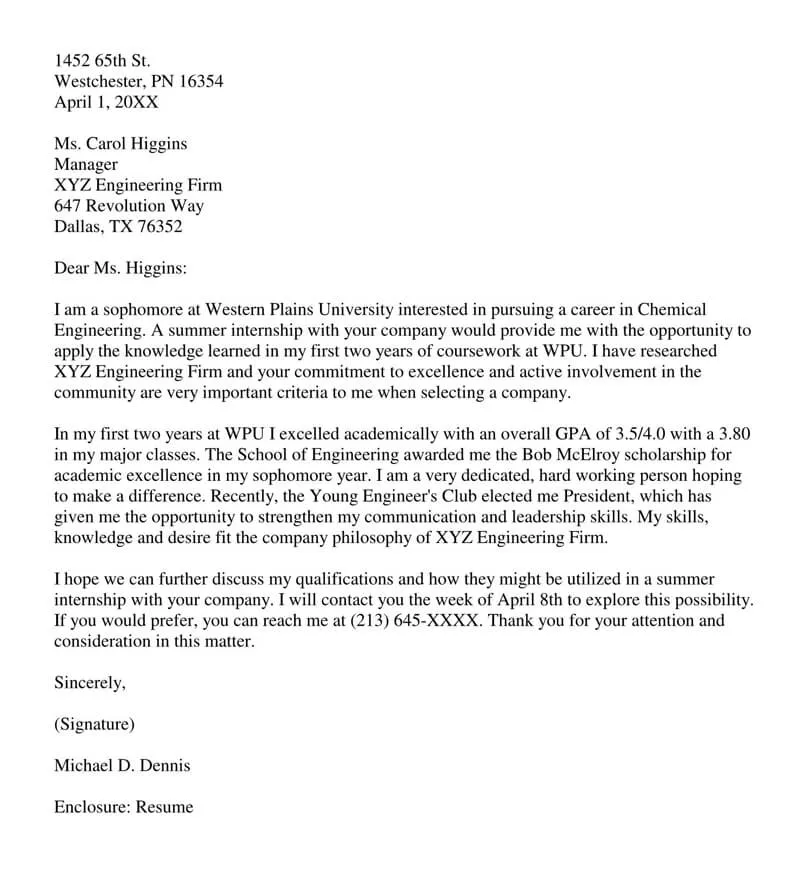Understanding the Importance of an Engineering Internship Cover Letter
An engineering internship cover letter is far more than just a formality; it’s your first impression, your chance to make a compelling case for why you deserve the internship. In a competitive field, a well-crafted cover letter can be the differentiator that sets you apart from other applicants. It provides an opportunity to showcase your personality, passion for engineering, and the specific skills and experiences that make you a strong candidate. The cover letter allows you to elaborate on your resume, providing context and depth to your qualifications. It’s where you demonstrate your understanding of the company, the role, and how your aspirations align with their goals. A strong cover letter is a clear signal to the hiring manager that you have taken the time to understand the internship opportunity and are genuinely interested in contributing to their team. It is the perfect space to show enthusiasm and connect with the reader.
Highlighting Your Skills and Experience
The heart of your cover letter is showcasing your skills and experience. While your resume provides a list of your qualifications, the cover letter allows you to delve deeper and provide concrete examples. It is essential to go beyond simply listing your skills; provide evidence of how you have applied those skills in previous projects, coursework, or extracurricular activities. Quantify your achievements whenever possible. For example, instead of saying “Managed a team,” say “Managed a team of five, resulting in a 15% increase in project efficiency.” This approach not only demonstrates your capabilities but also offers tangible proof of your ability to deliver results. Your cover letter should emphasize the skills that are most relevant to the specific internship you are applying for, and it should mirror the same keywords found in the job description.
Skills to Showcase in Your Cover Letter
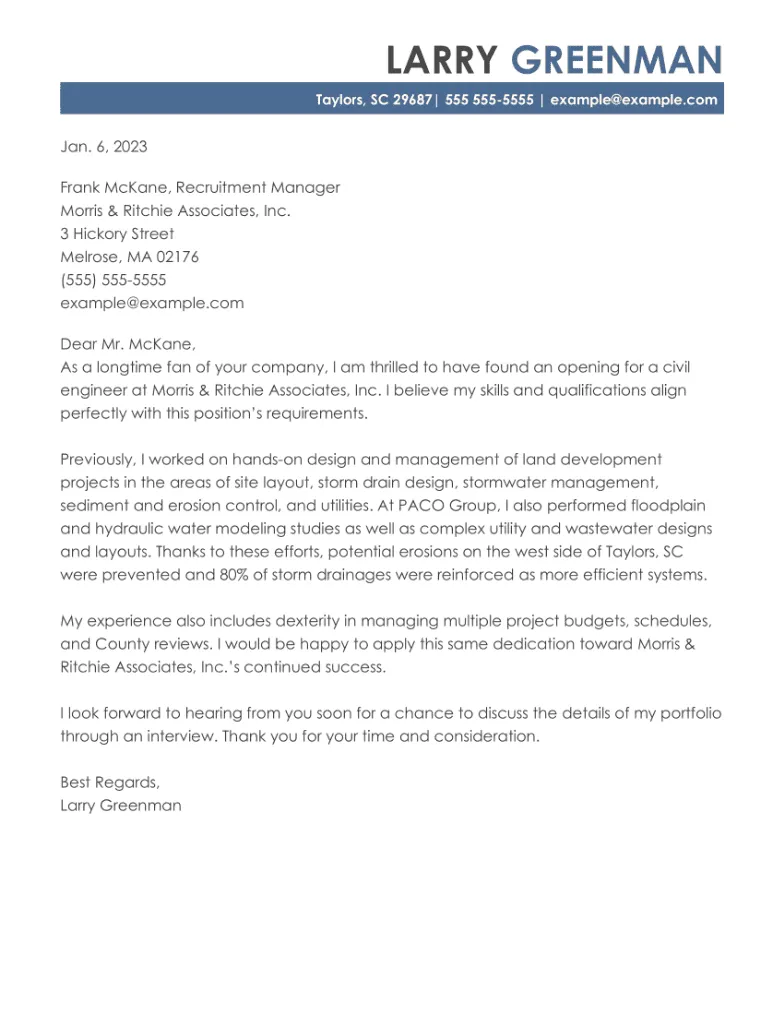
When crafting your engineering internship cover letter, focus on highlighting a mix of technical and soft skills. Technical skills are the core competencies needed to perform the job, while soft skills demonstrate your ability to work effectively with others and navigate workplace challenges. Some key technical skills to showcase include proficiency in relevant software like AutoCAD, SolidWorks, or MATLAB, depending on the specific engineering discipline. Highlight experience with programming languages such as Python, C++, or Java, if applicable. Mention familiarity with specific engineering principles, such as thermodynamics, fluid mechanics, or electrical circuits. In terms of soft skills, emphasize teamwork, communication, problem-solving, and time management. Provide specific examples of how you have demonstrated these skills in your academic or extracurricular activities.
Technical Skills and Software Proficiency
Detailing your technical skills and software proficiency is critical in an engineering internship cover letter. Engineering roles heavily rely on specific software and technical expertise. List the software programs you are proficient in, along with your level of experience. If you’ve used AutoCAD for designing projects, mention the types of projects and the specific features you utilized. For those with experience in programming, specify the programming languages and any projects where you’ve applied them. Include any relevant certifications or training you’ve completed. Be specific and accurate; don’t overstate your abilities. Instead, emphasize your willingness to learn and adapt. Highlight any experiences with data analysis, simulations, or modeling, as these skills are highly valued in engineering roles. This section shows the employer you have the precise skills to contribute to their team.
Relevant Projects and Coursework
Your coursework and projects are excellent ways to demonstrate your application of technical skills. Choose the most relevant projects and coursework that align with the internship’s requirements. Describe the projects in detail, including your role, the challenges you faced, and the solutions you implemented. Quantify your results whenever possible. For instance, if you improved the efficiency of a design, state by how much. Describe your responsibilities within a team, showcasing your ability to collaborate and communicate effectively. Explain the engineering principles you applied and the specific software or tools you used. This helps the hiring manager see your practical experience and how you approach real-world engineering problems. Select projects that highlight your strengths and that are relevant to the industry or specific role you are seeking.
Tailoring Your Cover Letter to the Specific Internship
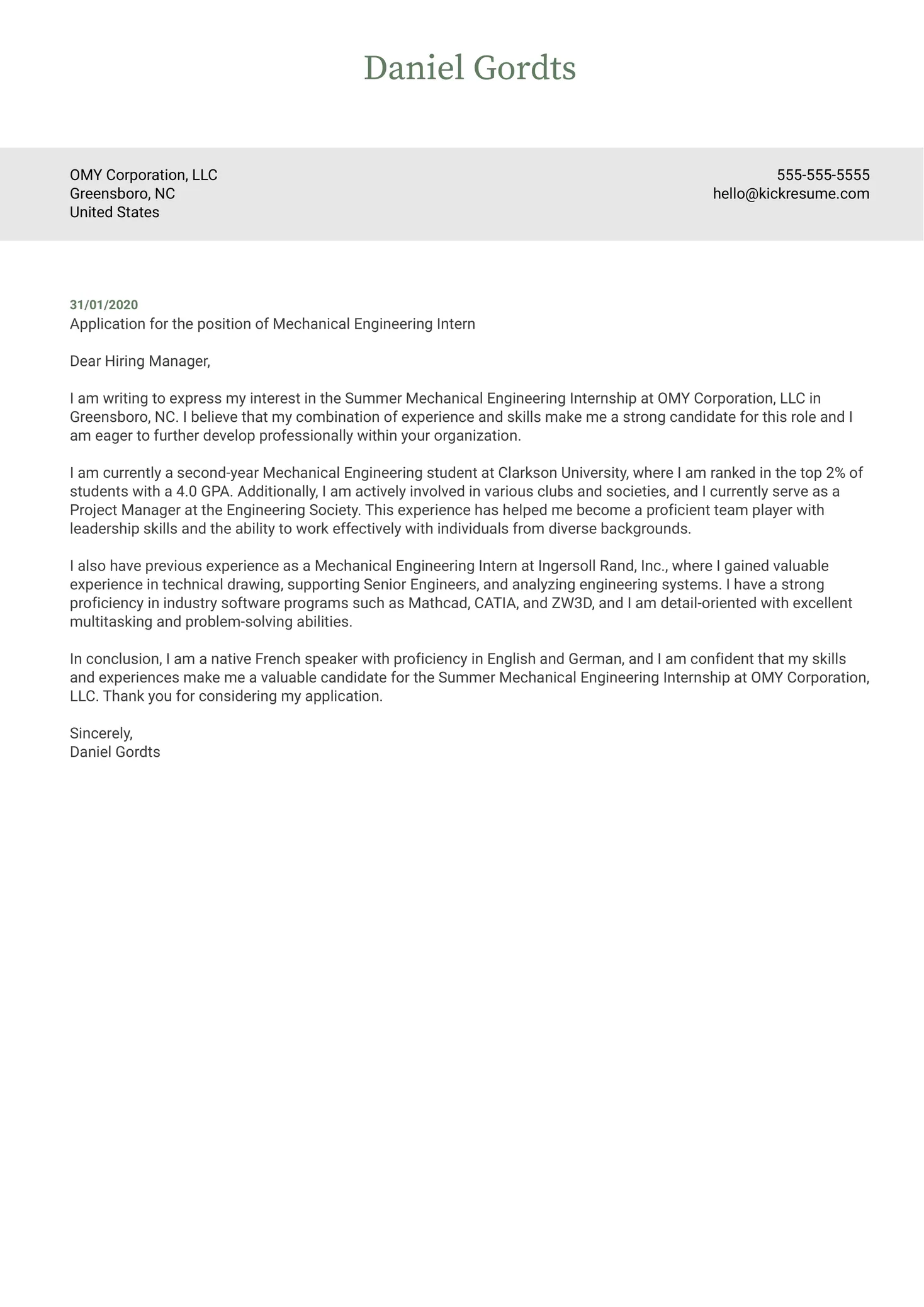
Generic cover letters are easily spotted and often lead to rejection. Tailoring your cover letter to each specific internship is paramount. Begin by carefully reading the job description and identifying the key requirements and desired skills. Research the company to understand their values, mission, and recent projects. Use this information to customize your letter, demonstrating that you understand their needs and are genuinely interested in the role. Address your letter to the hiring manager by name whenever possible. In the opening paragraph, express your enthusiasm for the specific internship and explain why you are interested in the company. Throughout the letter, use keywords and phrases from the job description, but make sure to do so naturally and authentically. This level of detail shows that you are prepared and interested in their business.
Researching the Company and Position
Before writing your cover letter, thorough research is essential. Begin by exploring the company’s website, reading their mission statement, and reviewing their recent projects. Look for information about their culture, values, and what they prioritize. LinkedIn can be a valuable tool for finding information about the company and the hiring manager. Identify any specific projects or initiatives that interest you. Understand the specific requirements of the internship. Carefully read the job description, paying attention to the required skills, qualifications, and responsibilities. Use this information to tailor your cover letter, showing that you understand the company’s needs and how your skills and experience align with them. This level of preparation will set you apart from other candidates who may not have invested the time to research the company.
Customizing Your Letter for Each Application
Once you have researched the company and the position, it’s time to customize your cover letter. Address the hiring manager by name, if possible. In the opening paragraph, clearly state the position you are applying for and where you found the opportunity. Express your enthusiasm for the company and explain why you are interested in the specific role. Highlight the skills and experiences that are most relevant to the internship’s requirements. Use keywords from the job description to show that you are a good fit. Provide specific examples of how you have demonstrated those skills in your coursework, projects, or extracurricular activities. Tailor your letter to reflect the company’s values and culture. Show genuine interest in the company and the specific role. This customization shows that you care about the opportunity and aren’t simply sending out a generic application.
Structuring Your Engineering Internship Cover Letter
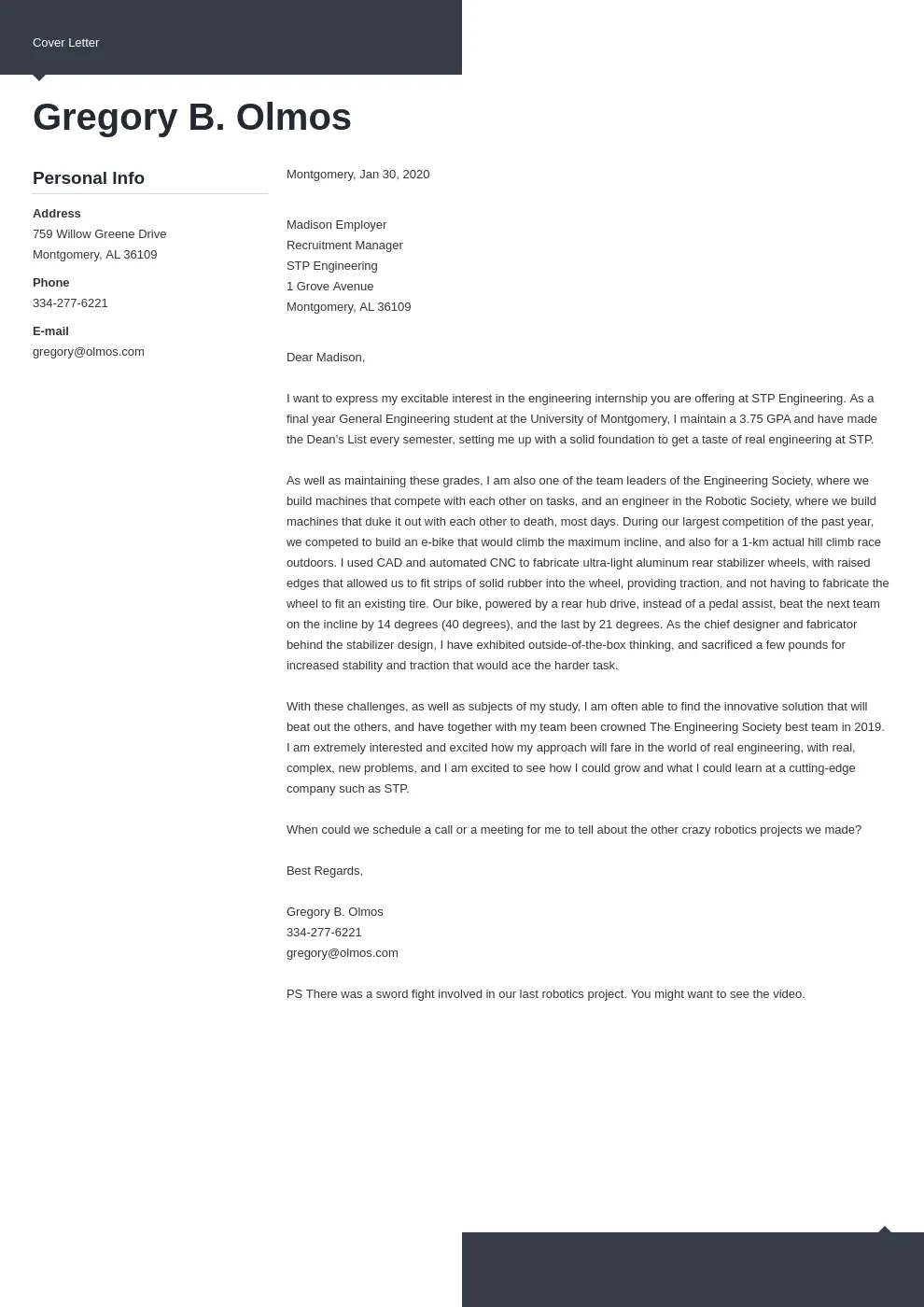
A well-structured cover letter guides the reader through your qualifications and makes a positive impression. The standard format includes an introduction, body paragraphs, and a conclusion. Start with a professional header that includes your contact information, the date, and the hiring manager’s name and title (if known). The opening paragraph should state the position you are applying for and express your enthusiasm for the company. The body of your letter should highlight your skills, experience, and relevant projects. Use concise paragraphs and bullet points to make it easy for the reader to scan. The conclusion should reiterate your interest in the internship, thank the hiring manager for their time, and include a call to action (e.g., “I look forward to hearing from you”). Adhering to a clear structure shows that you are organized and professional.
Formatting Your Cover Letter for Readability
Proper formatting is crucial for readability and professionalism. Use a clean, easy-to-read font such as Times New Roman, Arial, or Calibri, with a font size between 11 and 12 points. Maintain consistent formatting throughout the document. Use single spacing within paragraphs and double spacing between paragraphs. Use standard margins (1 inch on all sides). Divide your letter into clear sections with headings and subheadings to guide the reader. Use bullet points to highlight key skills or achievements. Ensure your letter is free of grammatical errors and typos. Proofread carefully, and consider having someone else review it as well. A well-formatted cover letter demonstrates attention to detail and professionalism.
Writing a Compelling Opening Paragraph
The opening paragraph of your cover letter sets the tone and grabs the reader’s attention. Start by stating the specific position you are applying for and where you found the opportunity (e.g., “I am writing to express my interest in the Engineering Intern position advertised on [website]”). Immediately express your enthusiasm for the company and the internship opportunity. Briefly explain why you are interested in the company and what specifically excites you about the role. This could be related to their projects, their innovative approach, or their values. Conclude the opening paragraph with a brief overview of your key qualifications and why you are a good fit for the position. Make it clear from the beginning that you understand the company’s needs and are eager to contribute. The opening should be direct, enthusiastic, and show a clear interest in the company.
Crafting the Body of Your Cover Letter
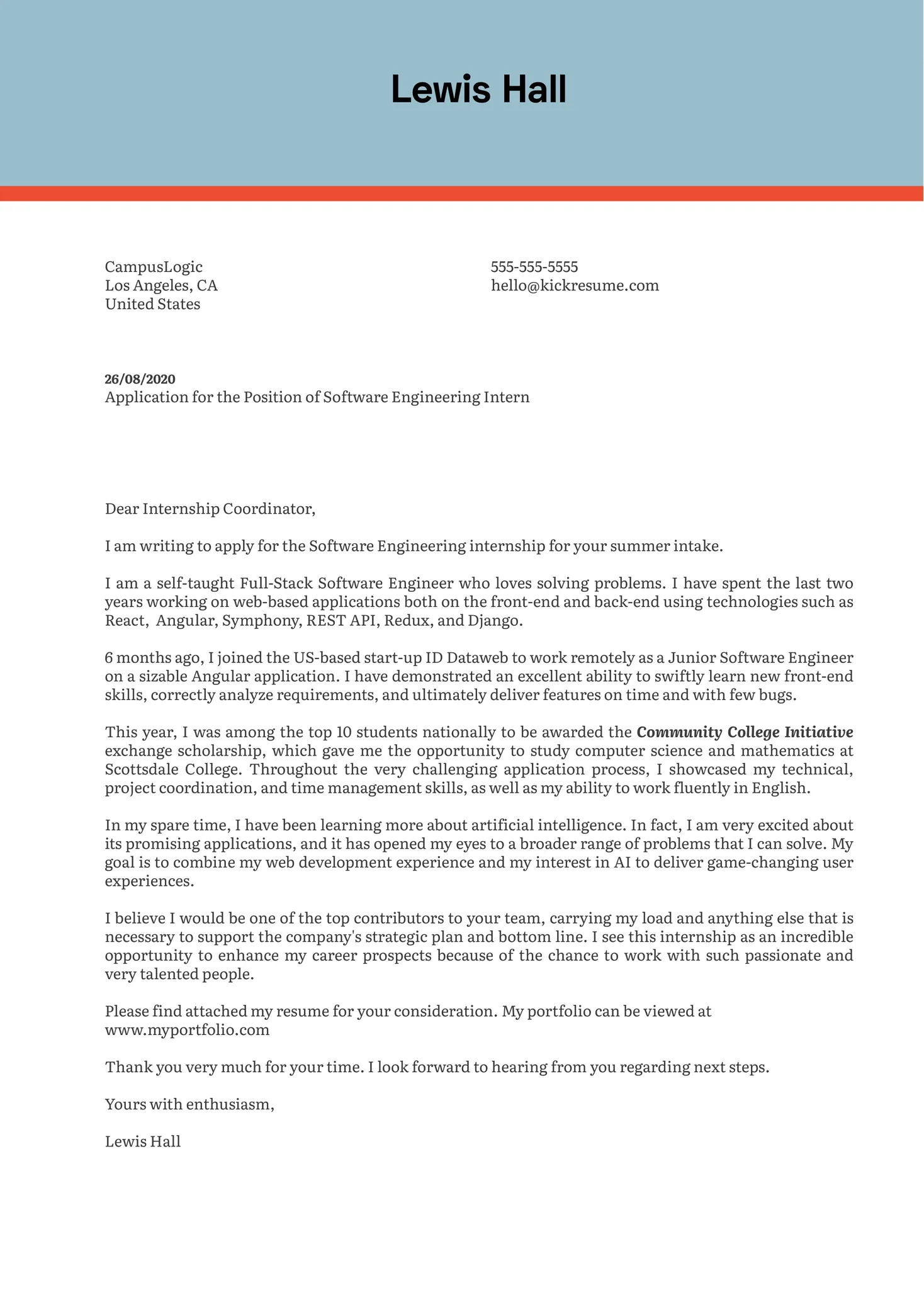
The body of your cover letter is where you provide detailed information about your skills, experience, and qualifications. Organize your body paragraphs strategically. Highlight the skills and experiences most relevant to the internship’s requirements, using keywords from the job description. Provide specific examples to demonstrate your capabilities. Describe relevant projects, coursework, or extracurricular activities, quantifying your achievements whenever possible. Explain your role, the challenges you faced, and the solutions you implemented. Focus on the value you can bring to the company. Use clear and concise language, avoiding jargon unless it is specific to the engineering field and you are confident the reader understands it. Keep each paragraph focused and to the point. Aim for a balance between detail and brevity, ensuring you are informative but not overly verbose. This helps the reader to quickly understand your potential contributions.
Writing a Strong Closing
Your closing paragraph should leave a lasting positive impression. Reiterate your interest in the internship and thank the hiring manager for their time and consideration. Express your enthusiasm for the opportunity to learn and contribute to the company. Include a call to action, such as expressing your availability for an interview or stating your excitement about hearing from them soon (e.g., “I am eager to discuss my qualifications further and look forward to hearing from you soon.”). Reiterate your contact information in case the hiring manager needs it for a quick reference. Keep the tone positive and professional, leaving the reader with a clear sense of your eagerness to join the team and your confidence in your abilities. A strong close reinforces your interest and professionalism.
Common Mistakes to Avoid
Avoiding common mistakes is crucial for making a positive impression with your engineering internship cover letter. Poorly written cover letters can lead to immediate rejection, so it is important to carefully consider the details. Generic language, lack of specific examples, and poor formatting are frequent issues. Failing to tailor the letter to the specific internship and the company demonstrates a lack of interest. Grammatical errors and typos detract from your professionalism. Overstating your skills or experience is also detrimental. The most common mistakes are easily avoided with careful attention to detail and thorough proofreading. By avoiding these pitfalls, you can significantly increase your chances of securing an interview and ultimately, the internship position.
Generic Language and Lack of Specificity
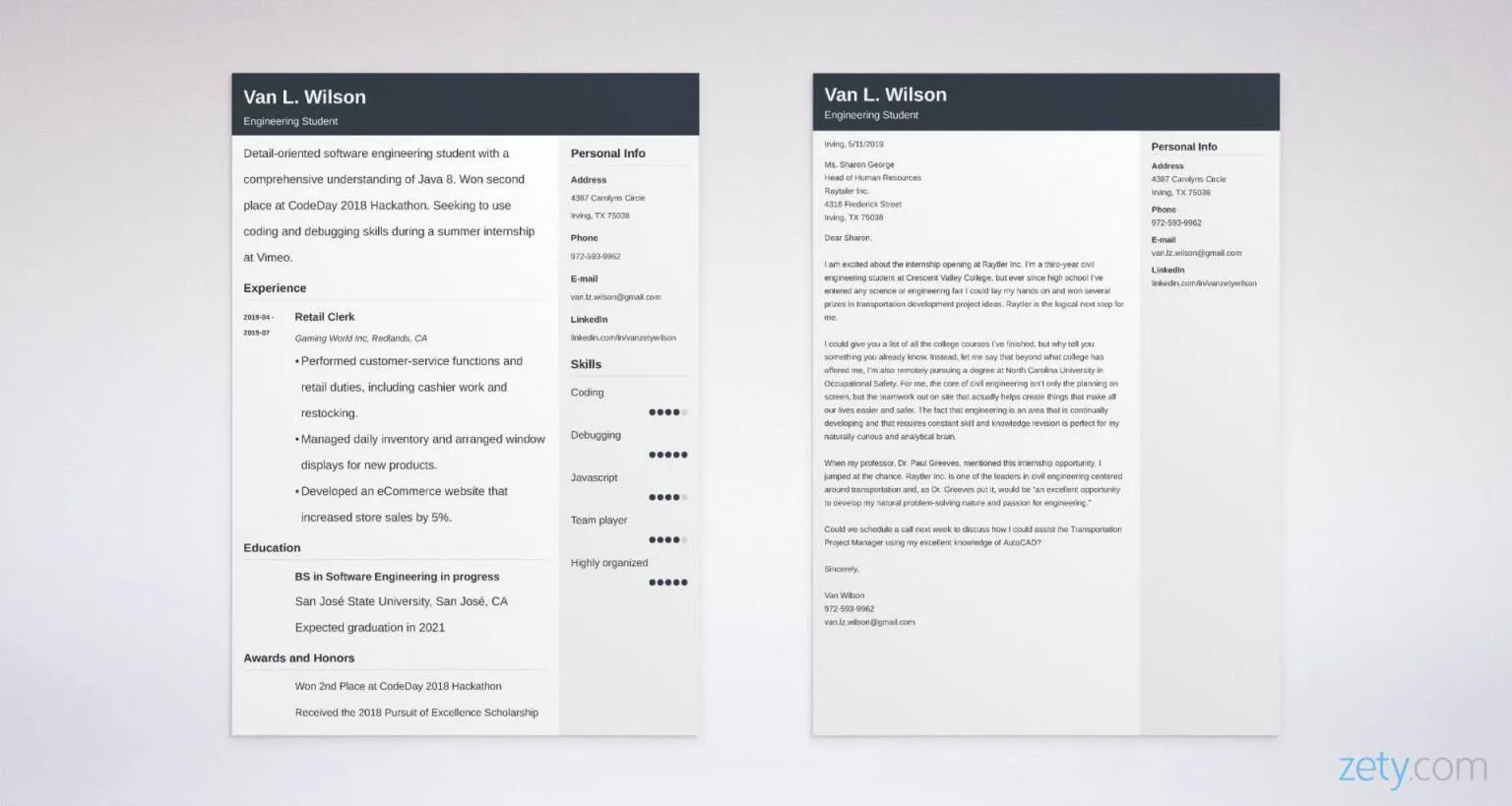
One of the most common mistakes is using generic language and a lack of specificity. Avoid using vague statements that could apply to any job or any company. Instead, provide concrete examples of your skills and experience, highlighting specific projects, software programs, or accomplishments. Quantify your results whenever possible. For example, instead of saying “I am a good problem solver,” describe a specific problem you solved and the outcome. Avoid phrases like “I am a hard worker” or “I am a team player,” as these are expected qualities. Provide specific instances to prove your capabilities. Tailor your cover letter to the specific internship, demonstrating that you understand the company’s needs and are genuinely interested in the role. The more specific your cover letter, the more impactful it will be.
Ignoring Formatting Guidelines
Ignoring formatting guidelines is another common mistake that can undermine your application. A poorly formatted cover letter shows a lack of attention to detail. Use a clean, professional font such as Times New Roman, Arial, or Calibri, with a font size between 11 and 12 points. Maintain consistent formatting throughout the document. Use single spacing within paragraphs and double spacing between paragraphs. Use standard margins (1 inch on all sides). Divide your letter into clear sections with headings and subheadings to guide the reader. Ensure your letter is free of grammatical errors and typos. Proofread carefully, and consider having someone else review it as well. Poor formatting can be distracting and make your letter difficult to read. Adhering to formatting guidelines shows you value professionalism.
Proofreading and Editing
Proofreading and editing are crucial steps in the cover letter writing process. Errors in grammar, spelling, and punctuation can undermine your professionalism and credibility. After you finish writing your cover letter, take a break before proofreading it. This will help you approach the document with fresh eyes. Carefully read through your cover letter multiple times, checking for any errors. Use spell-check and grammar-check tools, but don’t rely on them entirely. They can sometimes miss errors or provide incorrect suggestions. Read your cover letter aloud to catch any awkward phrasing or sentences that don’t flow smoothly. Have a friend, family member, or career advisor review your cover letter as well. Another person can often catch errors you might have missed. Proofreading ensures your cover letter is polished and error-free.
Getting Feedback on Your Cover Letter
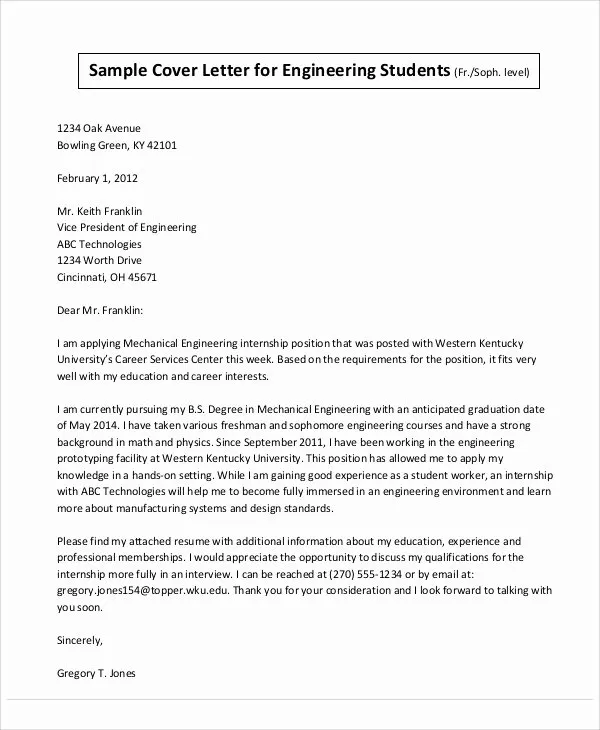
Seeking feedback is an important step in refining your cover letter. Ask trusted individuals, such as career advisors, professors, or mentors, to review your cover letter. They can provide valuable insights into your writing, content, and overall presentation. Provide your reviewers with the job description and ask them to assess how well your cover letter addresses the requirements of the internship. Ask them to evaluate the clarity, conciseness, and effectiveness of your writing. Encourage them to provide specific feedback and suggestions for improvement. Be open to their suggestions and use their feedback to make revisions. Their feedback can help you identify areas that need improvement and ensure your cover letter is as strong as possible. Reviewing your cover letter with others will help to make sure you make a strong impression.
Seeking Advice from Career Services or Mentors
Leveraging career services or mentors can significantly improve the quality of your cover letter. Career services at your university or college offer valuable resources, including resume and cover letter review, interview preparation, and job search assistance. Schedule an appointment with a career advisor to discuss your cover letter and receive personalized feedback. They can provide insights into formatting, content, and tailoring your letter to the specific internship. Seek guidance from mentors, such as professors or industry professionals, who can offer advice based on their experience. They can provide valuable insights into the expectations of employers and the best practices for engineering applications. These resources can offer expert advice and a fresh perspective to help make your cover letter stand out.
Finalizing and Submitting Your Cover Letter
After incorporating feedback and making revisions, it’s time to finalize and submit your cover letter. Ensure your cover letter is saved in a professional file format, such as PDF. This ensures that your formatting remains consistent regardless of the recipient’s software. Double-check that all your contact information is correct. Review the job application instructions to ensure you follow them carefully. Pay attention to any specific requirements or guidelines for submitting your application. Proofread your cover letter one last time before submitting it. Submit your application by the deadline. Send a thank-you note to the hiring manager after your interview, reiterating your interest in the position and thanking them for their time. Finalizing your cover letter with careful attention to detail will lead to a successful application.
Best Practices for Submitting Your Application
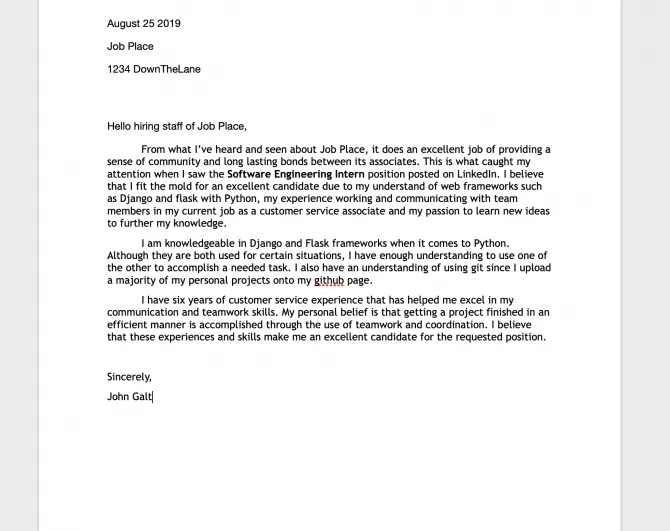
Submitting your application effectively involves following best practices to maximize your chances of success. Always follow the instructions provided in the job posting carefully. If the application requires you to submit your cover letter and resume as separate documents, be sure to do so. If there is a specific naming convention, use it. If the job posting includes a specific email address for submitting your application, use that address. If you are submitting your application online, ensure that your resume and cover letter are easily accessible and in a compatible format. Avoid sending your application at the last minute, which can lead to errors or technical issues. After submitting your application, consider sending a brief follow-up email to confirm that your application has been received. This will display your interest and confirm the status of your submission. Following these steps will increase your chances of being considered for the engineering internship.
